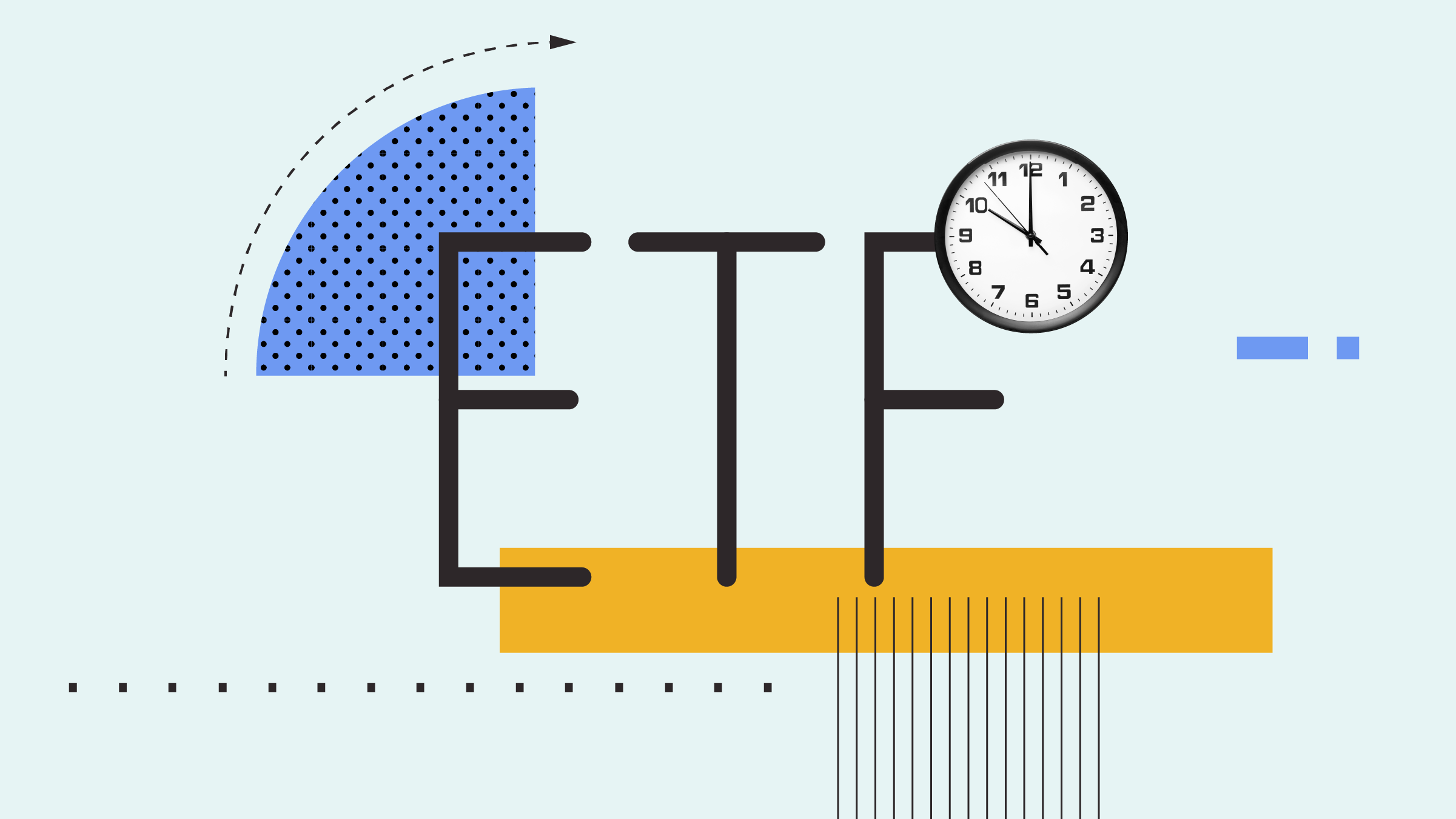Most mutual funds and exchange-traded funds are structured as trusts, flowing income through to their investors. That includes realized capital gains within the portfolio. For tax purposes, the total annual amounts of the distributions -- broken down by type -- are reported on tax information slips.
Unfortunately, keeping track of all the taxes you may owe when investing in a non-registered account isn't as simple. The income reported on information slips is not to be confused with any capital gains or capital losses that you realize when you sell fund units. These gains or losses must be reported separately.
Reporting income distributions
Let's first consider how to report the various types of income distributed by the mutual fund. These amounts -- dividends, interest, other income and capital gains -- are provided on the T3 tax slip (Relevé 16 for Quebec returns) that each individual fund sends to the unitholder, normally by the end of March.
As with an investment in an individual stock, the tax slip will provide both the actual amount of dividends distributed to you, as well as the grossed-up taxable amount from which the dividend tax credit is calculated. Thanks to the tax credit, eligible dividend income is taxed at a significantly lower rate than fully taxable interest. Note that dividends from foreign sources -- those paid in regard to a stock of a company not based in Canada -- do not qualify for the dividend tax credit. Foreign dividends are reported on a separate box on the T3.
The net amounts of capital gains for profits realized within the fund during the year are flowed through to unitholders as capital-gains distributions. This represents net capital gains realized within the fund through the course of trading securities during the year, notes Frank Di Pietro, assistant vice-president, tax and estate planning with Mackenzie Investments. One-half of these distributions are taxable under the normal capital-gains rules.
You may also have an amount on the T3 identified as return of capital (ROC). For example, additional amounts may be distributed if there is a targeted annual distribution level that could not be met by the fund's income distributions. Because an ROC represents a portion of your original investment, it is not taxable. Furthermore, it will reduce your adjusted cost base when calculating a capital gain or loss when you sell units of the fund.
Capital gains or losses from sale of units
When you sell units of a fund held in a non-registered account, you realize a capital gain or loss. Investment dealers provide T5008 reports that list transactions of fund units and other securities made during the year in your account, and the proceeds from each disposition. That's the easy part; it's up to the investor to calculate the amount of the capital gain or loss. This requires you to calculate the adjusted cost base (ACB) using Schedule 3 (Schedule G on the Quebec return).
To figure out the ACB, you will need the annual statements provided by your advisor or fund company. "These statements provide details regarding the sale proceeds and also provide information on the average cost of the investment," says Di Pietro. "As more units of an investment are purchased, the average cost of the investment will be altered by the newer purchases (at different prices), and so the average cost will be impacted by additional purchases of identical units."
Di Pietro says you probably won't have to calculate the ACB manually. Investment dealers have software that calculates a weighted-average cost based on your transaction history.
The amount of any commission or fees charged when the investment was purchased will increase your ACB. Similarly, the cost of selling -- such as a deferred sales charge (DSC) -- can be deducted from the proceeds.
Any ROC distributed to you while you held the investment must be tracked over time and will decrease the ACB when the investment is sold. Note that it's not possible to have a negative ACB, Di Pietro says. "In a scenario where the ACB is zero, any further ROC payments result in an automatic capital gain that must be reported on the tax return for the year of disposition."
Corporate-class funds
Corporate-class funds are the various share classes held within a multi-class mutual-fund corporation. Since they were first introduced in the late 1980s, they've enabled investors to switch between asset classes without triggering a taxable event. A capital gain or loss is realized by the investor only when he or she actually exits the corporate-class umbrella by cashing in shares.
The bad news: As announced in the March 22 federal budget, the tax deferral on corporate-class switches is being eliminated after September of this year.
Apart from tax deferral on switching, corporate-class funds have other distinctive features. They pay dividends generated from the fund's equity holdings, or from capital gains realized within the portfolio. These amounts are reported on a T5 slip (Relevé 3 for the Quebec return), rather than a T3.
Since corporations can't make cash distributions, neither can corporate-class funds. "Interest income cannot be flowed out to shareholders of a corporate-class fund because, as a corporation, it can only flow out ordinary dividends and capital-gain dividends," says Di Pietro. "Net income retained within the corporation is taxed inside the corporate structure."
Expenses of one share class can be used to offset income of a different share class. This can also provide opportunities for tax deferral that aren't available to mutual-fund trusts. Corporate-class funds will distribute dividends and capital gains to the shareholders if there is no way within the mutual-fund corporation to offset them.
ETFs are taxed like mutual-fund trusts
There's little difference between the tax rules for exchange-traded funds and mutual- fund trusts. "An ETF is a trust structure, and must issue a T3 slip to report any flowed income to its investors," notes Peter Guay, a portfolio manager with Montreal-based PWL Capital Inc., which uses ETFs as a key component in its clients' portfolios.
ETF dividends and interest are flowed through as cash distributions, as are realized net capital gains within the ETF. Alternatively, capital gains may instead be reinvested in additional units. "In this case, a cash distribution is paid to shareholders, then immediately reinvested in shares of the fund," says Guay.
Reinvested distributions will increase the adjusted cost base of your ETF holding. But if you're holding the ETF outside a registered account, you'll still be taxed on the reinvested distribution in the year that it is made. "The shareholder must report this capital-gain distribution (as per the T3 slip) on his tax return, despite not having received any cash," Guay says.



















